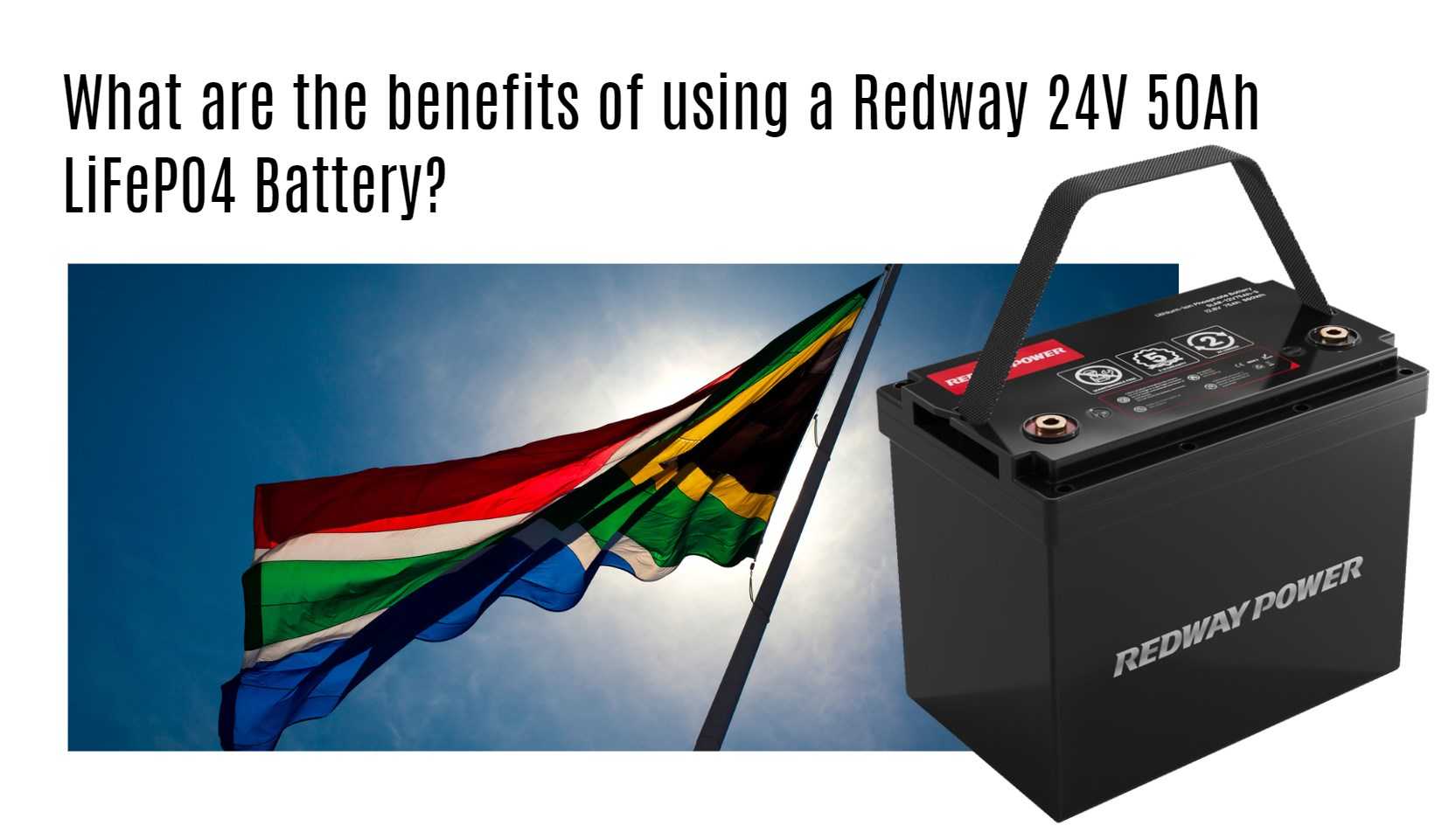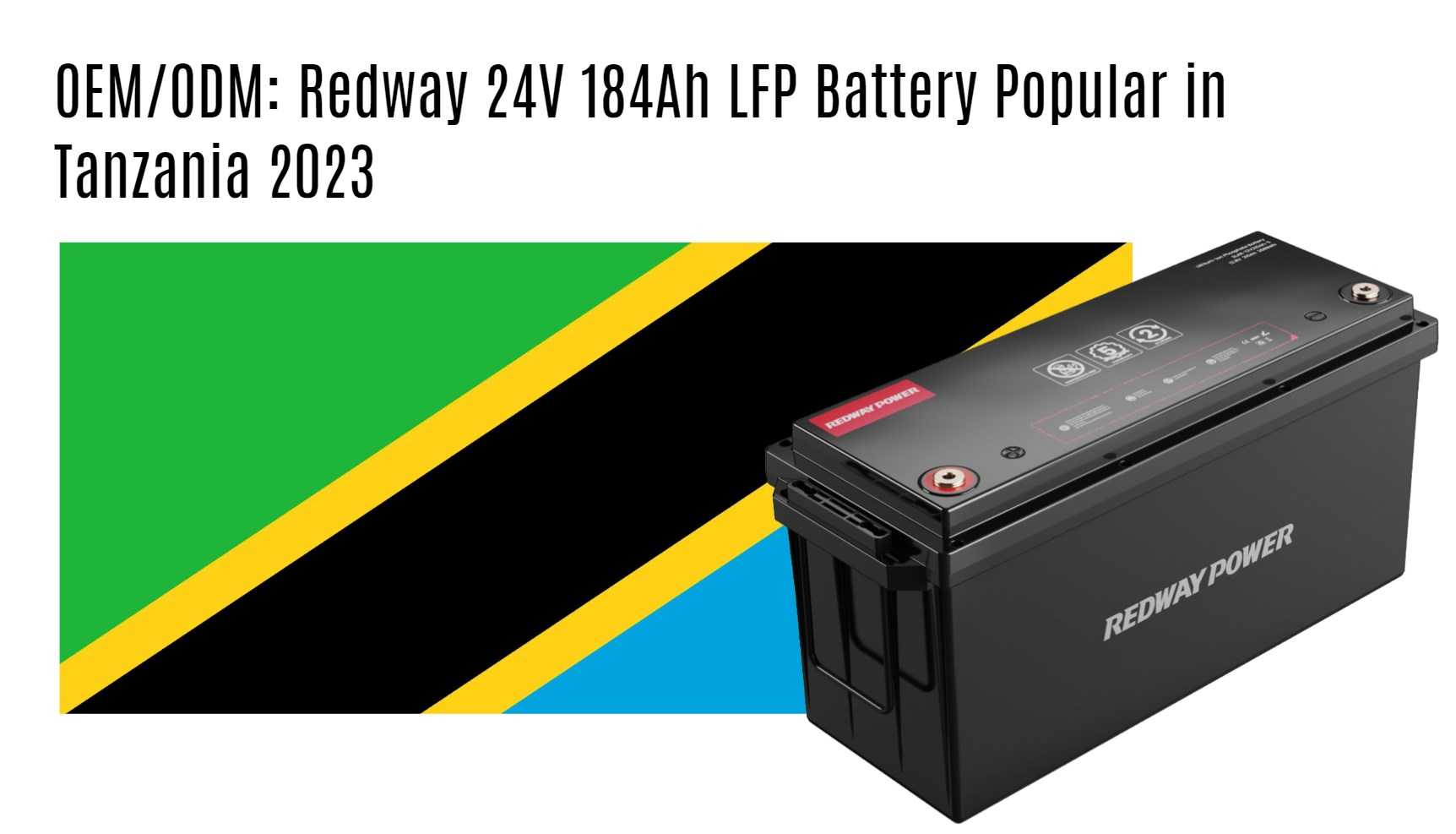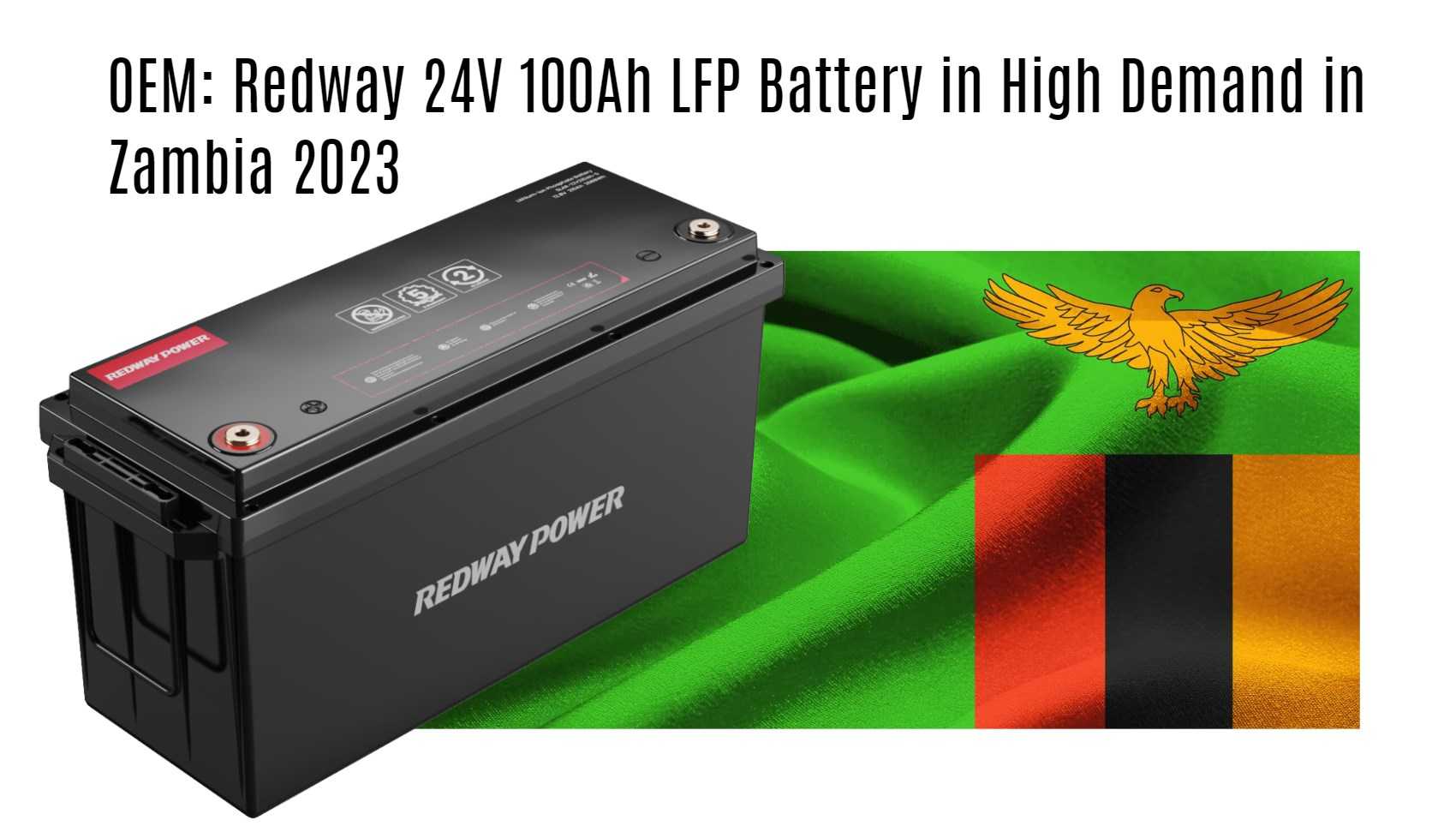Custom: Redway 24V LiFePO4 Battery Popular in Central African Republic 2023
Welcome to our blog post about the Redway 24V LiFePO4 Battery, a popular choice among Central African Republic residents in 2023. Are you curious about why this battery has gained such popularity? Or maybe you’re wondering what makes it different from other batteries on the market? In this article, we’ll dive into all these questions and more. So sit back, relax, and let’s explore everything there is to know about the Redway 24V LiFePO4 Battery!
What is a Redway 24V LiFePO4 Battery?
The Redway 24V LiFePO4 Battery is a type of rechargeable battery that’s known for its high power output and long lifespan. Unlike other batteries, it uses lithium iron phosphate (LiFePO4) as its cathode material, which allows it to store more energy and deliver more power at once.
This particular battery is rated at 24 volts, which means it can handle higher voltage applications than traditional lead-acid batteries. It’s also designed to be lightweight and compact, making it easy to transport and install in a variety of devices.
One thing that sets the Redway 24V LiFePO4 Battery apart from other lithium-ion batteries on the market is its safety features. Because LiFePO4 is less prone to overheating or catching fire than other materials like cobalt or nickel, this battery has a lower risk of thermal runaway or explosion.
The Redway 24V LiFePO4 Battery offers high performance and safety benefits that make it an attractive option for many different applications, particularly in regions where reliable power sources may be limited.
Where is the Central African Republic?
The Central African Republic is a landlocked country situated in the heart of Africa. It shares borders with six neighboring countries, including Chad to the north, Sudan to the northeast, South Sudan to the east, the Democratic Republic of Congo and Congo-Brazzaville to the south, and Cameroon to the west.
Despite its location at the center of Africa, Central African Republic remains one of its least-known countries. The nation has a rich history that dates back thousands of years before colonization by European powers. Today it is home to numerous ethnic groups with diverse cultures and traditions.
Unfortunately, decades of political instability have plagued this beautiful country. This has led many people around the world being unaware or misinformed about what life is like for those living in Central African Republic.
Nevertheless, despite these challenges faced by its citizens on a daily basis – from poverty and conflict to infrastructure issues – there are some bright spots worth highlighting as well!
Why are Redway 24V LiFePO4 Batteries popular in the Central African Republic?
The Central African Republic is a country located in central Africa, and it has been experiencing a boom in demand for renewable energy. One of the reasons why Redway 24V LiFePO4 Batteries are popular in the Central African Republic is because they offer an eco-friendly solution to power their homes and businesses.
Moreover, these batteries have become incredibly popular due to their durability. The harsh weather conditions in this region of Africa can be unforgiving, but Redway 24V LiFePO4 Batteries are built to withstand extreme temperatures and rugged terrain. They can last up to ten years without needing any maintenance or replacements, making them an ideal solution for people living in remote areas.
Another reason why Redway 24V LiFePO4 Batteries are becoming increasingly popular is that they provide reliable power during blackouts or power outages. Many regions within the Central African Republic do not have access to stable electricity grids, so having a dependable backup plan becomes essential.
As more people begin looking towards environmentally friendly solutions that will also save them money over time, it’s no surprise that Redway 24V LiFePO4 Batteries continue growing in popularity throughout the Central African Republic.
How do Redway 24V LiFePO4 Batteries work?
Redway 24V LiFePO4 batteries are a type of rechargeable battery that is widely used in various applications, including electric bikes, solar power systems, and RVs. But how does this battery work?
Firstly, it’s important to understand that the Redway 24V LiFePO4 battery uses lithium iron phosphate (LiFePO4) as its cathode material instead of traditional lead-acid batteries. This means they have a higher energy density and can store more energy per unit volume.
When the battery is charged, lithium ions move from the cathode to the anode through an electrolyte solution. When the battery discharges, these ions move back towards the cathode creating an electrical current which powers your devices or equipment.
One advantage of Redway 24V LiFePO4 batteries is their high cycle life. They can be charged and discharged many times without losing capacity or performance. Additionally, they have a lower self-discharge rate compared to other types of rechargeable batteries such as nickel-cadmium (Ni-Cd) batteries.
Another benefit of using these batteries is their ability to handle high discharge rates while maintaining stability and safety levels. This makes them ideal for applications where sudden spikes in power demand are common.
Redway 24V LiFePO4 Batteries offer reliable performance with long-lasting durability due to their unique chemistry composition and design features.
What are some benefits of using a Redway 24V LiFePO4 Battery?
There are several benefits of using a Redway 24V LiFePO4 battery, making it a popular choice in the Central African Republic. Firstly, these batteries have a longer lifespan compared to other types of batteries. This is because they are made with lithium-ion technology which allows them to have more charge cycles.
Secondly, Redway 24V LiFePO4 batteries are lightweight and compact in design, making them easy to transport and install. They also take up less space compared to traditional lead-acid batteries.
Thirdly, these batteries are known for their high energy density which means that they can store more energy per unit volume than other types of rechargeable batteries. This makes them ideal for use in applications where space is limited but higher power output is required.
Fourthly, Redway 24V LiFePO4 batteries have a low self-discharge rate meaning that they can hold their charge for longer periods without being used or recharged. This makes them ideal for backup power applications such as solar panels or emergency lighting systems.
Redway 24V LiFePO4 Batteries do not contain any toxic chemicals like lead or cadmium which make them environmentally friendly and safe for disposal once they reach the end of their life cycle.
Are there any drawbacks to using a Redway 24V LiFe
While Redway 24V LiFePO4 batteries have many advantages, it is important to note that there are also some drawbacks. One of the main concerns is the high cost of these batteries compared to other options on the market. Additionally, they may not be as widely available in certain areas.
Another consideration is that while LiFePO4 batteries have a longer lifespan than traditional lead acid batteries, they still require proper maintenance and care to ensure optimal performance.
For those who prioritize long-lasting power and reliability over initial cost savings, a Redway 24V LiFePO4 battery can be an excellent investment. With its popularity growing in Central African Republic and beyond, it’s clear that this innovative technology has a bright future ahead.























